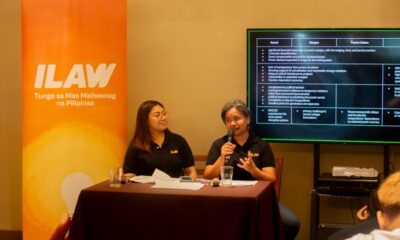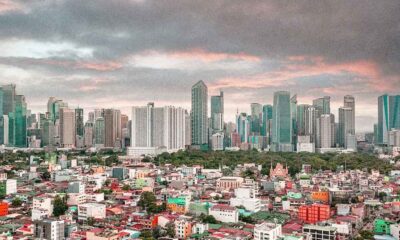Business
Economies Around the World Still ‘Quarters Away’ From Recovery
The global economy is still quarters away from recovery after the vast economic devastation brought by the coronavirus disease 2019 (COVID-19) pandemic.
According to French asset management company, Amundi, despite the world is now moving forward to the “new normal,” recovering to the pre-pandemic levels isn’t an easy task.
“In our view, economic performance will progress along a gradual upward sloping catch-up process,” According to Amundi.
Amundi also revealed that they had lessen the economic expectation for 2020, expecting only 3.5% and 4.7% Gross Domestic Product (GDP).
For the next year, GDP’s growth forecast will be “mildly revised upwards” to between 4.4% to 5.7%, from the previous 4.1% and 5.1% previously.
“The recovery curve based on (high frequency data) gauges of production activity, the labour market and consumer sentiment has begun to flatten almost everywhere, without reaching pre-crisis levels,” Amundi said.
Analysts also said that the recovery in the third quarter is not enough to bring the major economies back on its feet as the losses experienced in the first half of 2020 was catastrophic.
Meanwhile, major economies like in the United States reported 32.9% decline in the second quarter, followed by the United Kingdom where it’s GDP dropped by 20.4%
Meanwhile in the Philippines, the economic decline is only due to the lockdown protocols amid the pandemic.
National Economic Development Authority Secretary General Karl Chua and Finance Secretary Sonny Dominguez believes that the lockdown contributed negatively to the recession.
Chua and Dominguez reiterated that the decline is not due to weak economic activity of the country.
The GDP of the Philippines GDP dropped 16.5% on Q2 2020, which marks the lowest GDP output recorded quarterly for the country since 1981.
This brings the Philippines to a technical recession.
In July 2019, the unemployment in the Philippines was 5.4% compared to April 2020 that it skyrocketed to 17.7%, the highest in Philippine history.
The areas considered were among those “economically active regions”. (MLC)
































